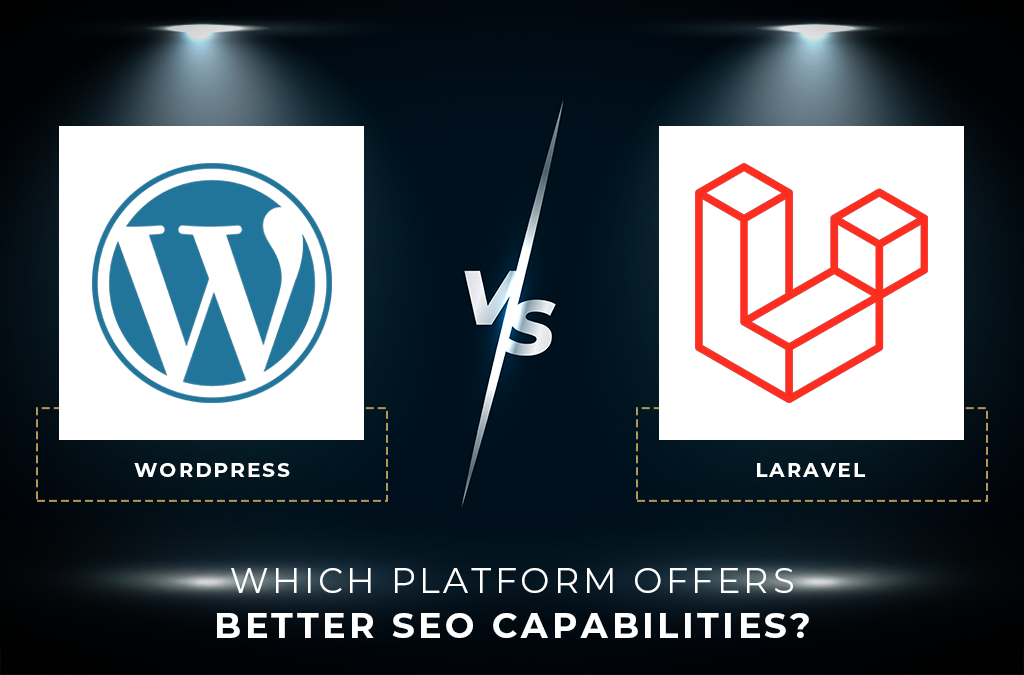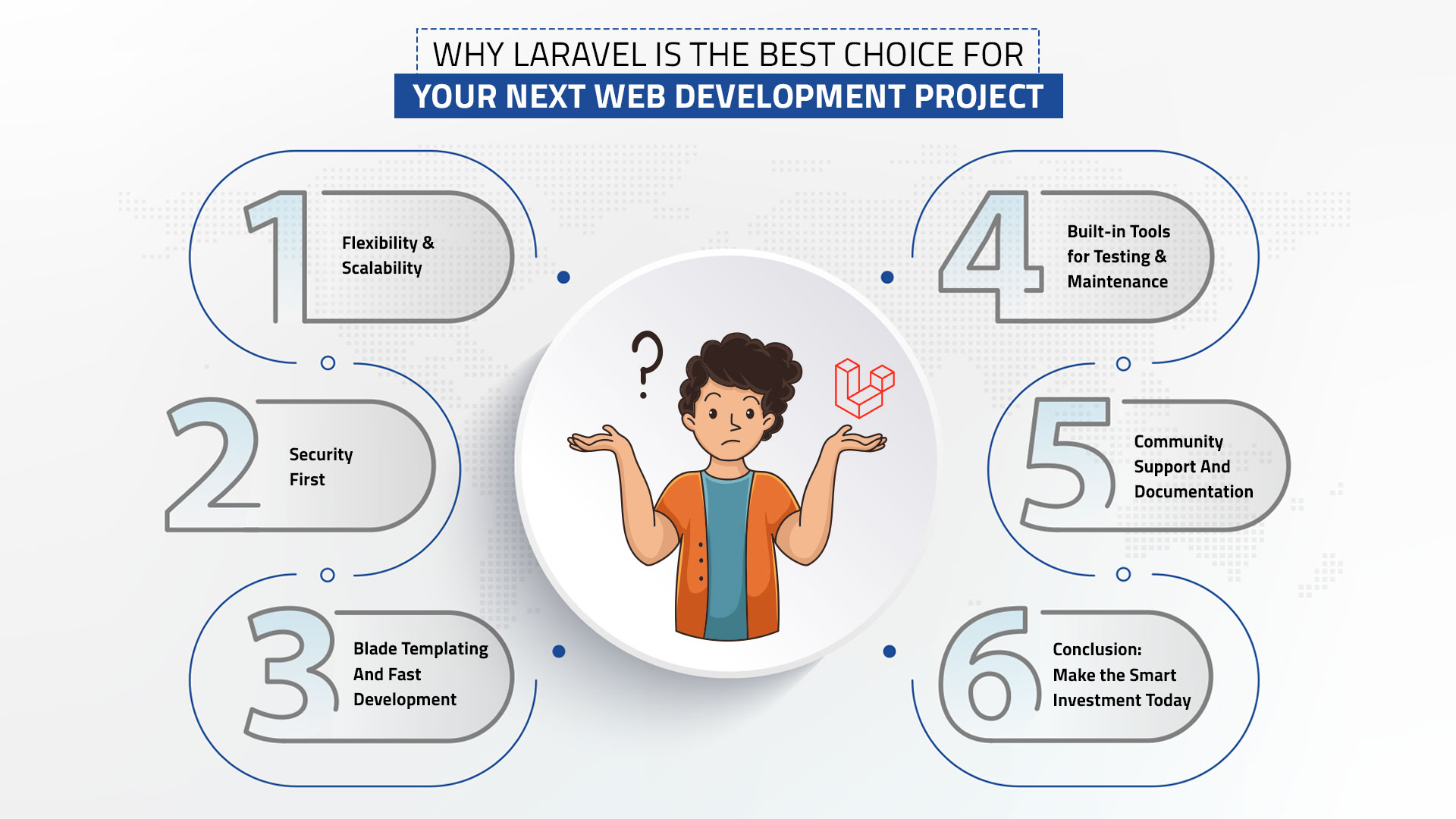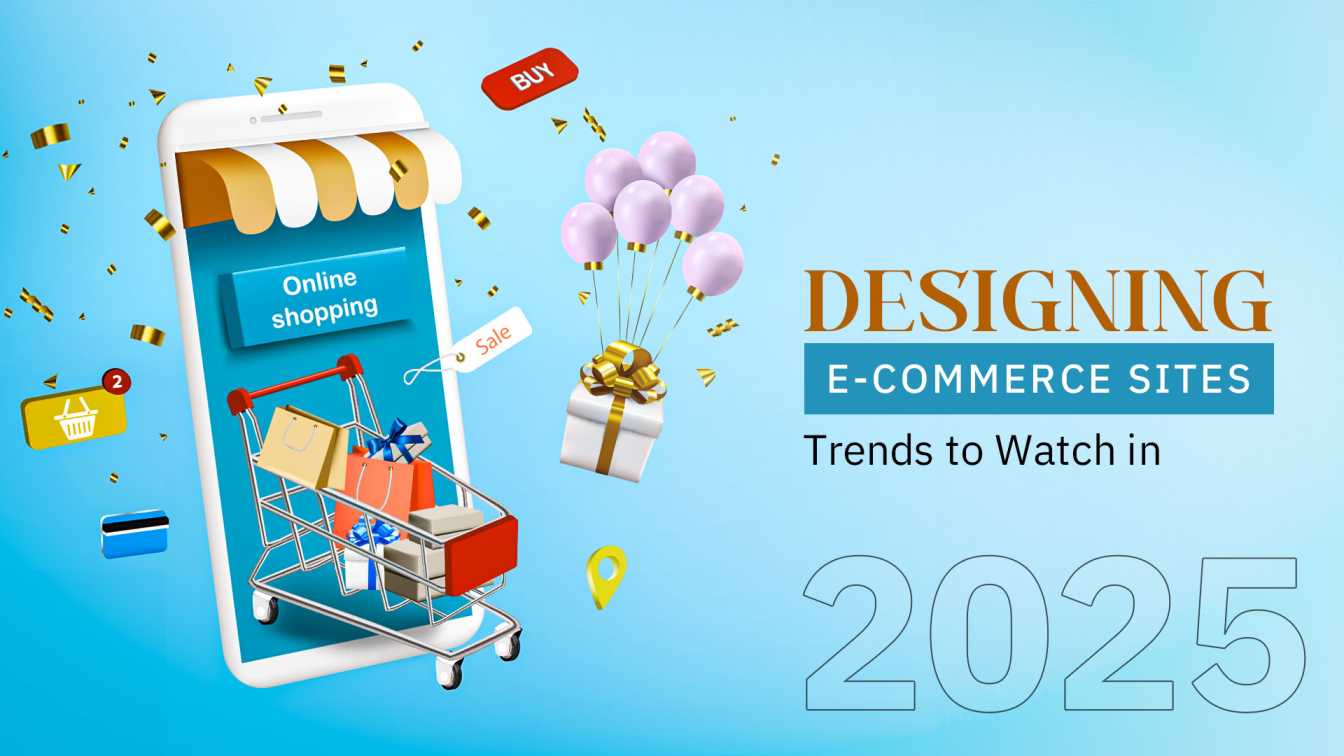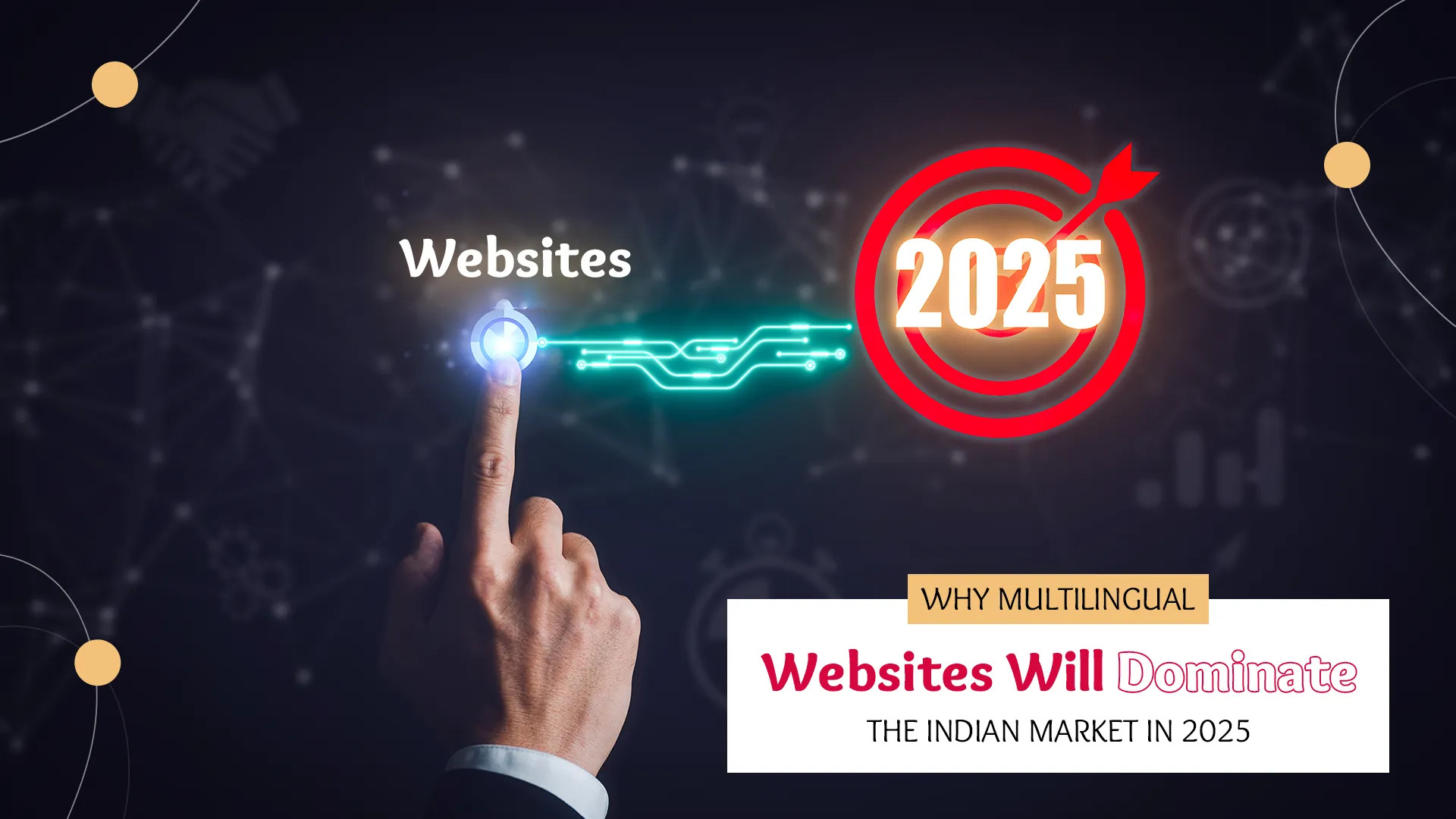
4 June 2025
How to Develop a Lead-Generating Real Estate Website
Consumer-Sketch shows how to design a lead-generating real estate website that works. Generate more leads and grow your business—get started now!
READ MORE
28 April 2025
How to Optimize a Mobile App for the App Store?
Learn how to optimize a mobile app for the App Store and boost visibility, downloads, and ranking with proven tips and best practices.
READ MORE
2 April 2025
WordPress vs Laravel: Which Platform Offers Better SEO Capabilities?
Consumer-Sketch explores WordPress vs Laravel for SEO—learn which platform helps you rank higher and optimize your website better.
READ MORE
28 February 2025
Why Laravel is the Best Choice for Your Next Web Development Project
Laravel is an exceptional platform for web development. Here are a few reasons why you should choose Laravel development for your next web application project.
READ MORE
29 January 2025
Designing E-Commerce Sites: Trends to Watch in 2025
Explore the top e-commerce website design trends set to revolutionize online retail in 2025. From hyper-personalization to AR/VR and sustainable practices, discover how to create a cutting-edge online shopping experience.
READ MORE
17 December 2024
Why Multilingual Websites Will Dominate the Indian Market in 2025
Why multilingual websites are essential for businesses targeting India. Tap into local languages, boost SEO, and connect deeply with diverse audiences in 2025.
READ MORE
- 1
- 2
- 3
- 4
- 5
- …
- 17